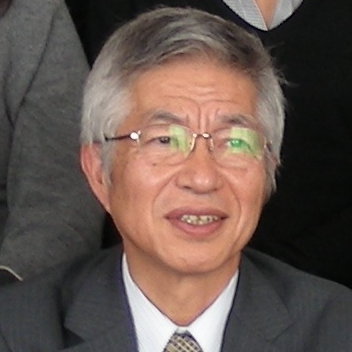Sustainable Future of Nuclear Power
A special issue of Energies (ISSN 1996-1073).
Deadline for manuscript submissions: closed (30 August 2015) | Viewed by 57937
Special Issue Editor
Interests: nuclear energy in general; reactor engineering in general; fundamentals of reactor engineering; utilization and applications of reactors; reactor types/accessories; reactor safety; nuclear fuels
Special Issues, Collections and Topics in MDPI journals
Special Issue Information
Dear Colleagues,
Most of the presently utilized energy is produced by fossil fuels. They emit carbon-dioxide and cause global warming. Renewable energies are free from this problem. However, they have other problems, such as low density and unstable power rate.
Nuclear energy is expected to be a sustainable high-density energy source in the future, since it can supply stable energy without emitting large amounts of carbon-dioxide, and its resource amount is much more than fossil fuel, if fuel breeding is employed. However, if we use it for a long period, accumulated radioactive wastes become a severe problem. At present, the number of countries using nuclear energy is increasing, and total nuclear power generation is also increasing. Waste management has already become an issue of growing global concern.
This Special Issue of Energies will discuss the sustainability of nuclear power. The Special Issue will encompass waste management, not only with respect to underground disposal, but also other innovative methods, such as nuclear transmutation and other exotic methods. In this Special Issue, not only nuclear waste management, but also nuclear power generation methods are discussed; these methods utilize nuclear fuels in an efficient way, minimize radioactive waste, and satisfy safety and security requirements.
Prof. Dr. Hiroshi Sekimoto
Guest Editor
Manuscript Submission Information
Manuscripts should be submitted online at www.mdpi.com by registering and logging in to this website. Once you are registered, click here to go to the submission form. Manuscripts can be submitted until the deadline. All submissions that pass pre-check are peer-reviewed. Accepted papers will be published continuously in the journal (as soon as accepted) and will be listed together on the special issue website. Research articles, review articles as well as short communications are invited. For planned papers, a title and short abstract (about 100 words) can be sent to the Editorial Office for announcement on this website.
Submitted manuscripts should not have been published previously, nor be under consideration for publication elsewhere (except conference proceedings papers). All manuscripts are thoroughly refereed through a single-blind peer-review process. A guide for authors and other relevant information for submission of manuscripts is available on the Instructions for Authors page. Energies is an international peer-reviewed open access semimonthly journal published by MDPI.
Please visit the Instructions for Authors page before submitting a manuscript. The Article Processing Charge (APC) for publication in this open access journal is 2600 CHF (Swiss Francs). Submitted papers should be well formatted and use good English. Authors may use MDPI's English editing service prior to publication or during author revisions.
Keywords
- nuclear reactor
- nuclear fuel cycle
- sustainability
- spent fuel
- radioactive waste
- safety
- security





